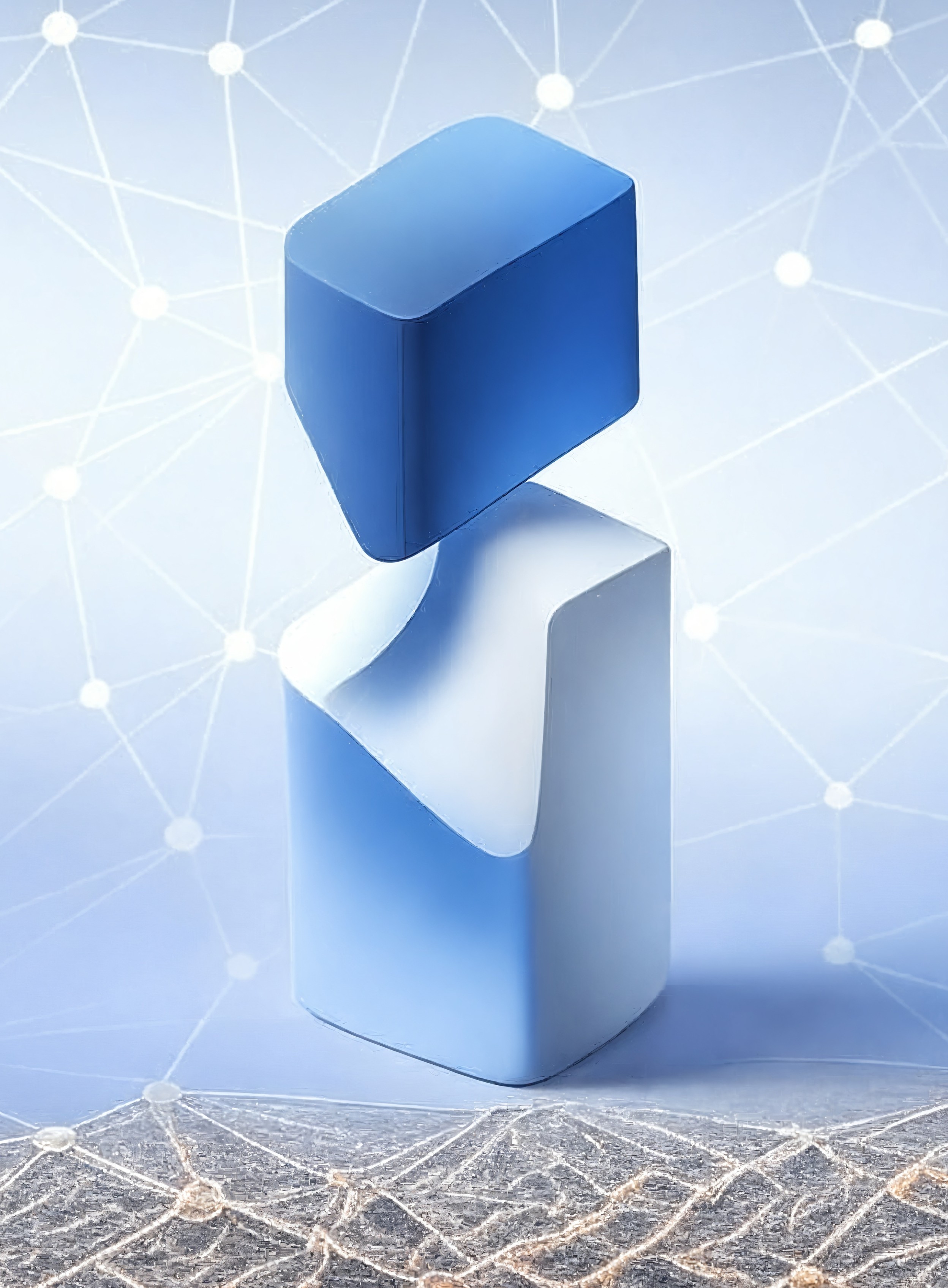
Revamp Windows 11 for Peak Developer Productivity
People often treat operating systems like fixed landscapes, enduring whatever defaults the designers impose. Yet history shows that the most productive environments emerge when users reshape tools to fit their minds. Think of early hackers tweaking Unix terminals or artists customizing canvases. In today's world, Windows 11 offers a canvas ripe for transformation, especially for developers facing long hours at the screen. Customizing it isn't mere decoration; it's about aligning the system with how you think and work, turning fatigue into flow.
The Foundations of Customization
Start with the basics: why bother altering Windows 11 at all? Developers spend vast stretches of time staring at desktops, juggling code editors, terminals, and browsers. Aesthetic fatigue sets in when everything looks the same day after day. A tailored setup combats this by making the environment feel personal and efficient.
Tools like Rainmeter stand out for adding widgets that monitor system stats in real time. Imagine glancing at CPU usage or memory without digging through menus. StartAllBack refines the taskbar, restoring familiar layouts from older Windows versions while adding modern twists. TranslucentTB creates a clean, minimal look by making the taskbar see-through, reducing visual clutter. For a deeper overhaul, WindowBlinds lets you skin the entire interface, changing window frames and buttons to match your style.
These aren't random picks. They draw from a long tradition of user-driven modifications, much like how open-source communities have evolved Linux desktops. The key insight: customization should enhance function, not just form. Matching your desktop theme to your IDE—say, dark mode with cyan accents echoing VS Code—creates a cohesive space that minimizes distractions and eases eye strain.
Overcoming Initial Hurdles
Setup takes time, no question. Back up configurations first, as tweaks can occasionally conflict with updates. Common issues include compatibility glitches after a Windows patch, but active communities on forums like Reddit or GitHub offer quick fixes. Start small: add one widget, test it, then layer on more. The performance hit is minimal; optimized tools run lightly even on mid-range hardware, preserving resources for actual development work.
AI's Role in Evolving Workspaces
AI integration marks a shift in how we interact with operating systems. Windows Copilot and Copilot Vision embed intelligence directly into the desktop, automating tasks that once demanded manual effort. Need a code snippet? Query Copilot without leaving your editor. This isn't superficial; it weaves AI into the fabric of daily work, much like how search engines transformed information access decades ago.
Consider the broader principle: tools should anticipate needs. AI-powered features analyze your behavior, suggesting optimizations like rearranging windows for multi-tasking. In developer workflows, this means generating UI mockups or debugging tips on the fly. Statistics show adoption surging—nearly 60% of users leverage generative AI for work, with even more for creative projects. This trend points to a future where AI doesn't just assist but co-designs your environment.
Blending AI with Traditional Tools
Pair AI with customization staples for amplified effects. Use Rainmeter skins that display AI-generated insights, like real-time project analytics. Emerging startups are building on Microsoft's APIs, creating plugins that personalize desktops based on usage patterns. The result? A workspace that evolves, learning from your habits to suggest themes or layouts that boost efficiency.
Mastering Window Management
Efficient window handling underpins productivity. Windows 11's Snap Layouts and Snap Groups have advanced, especially for ultra-wide monitors or multi-setup rigs. These let you organize apps into predefined zones, saving seconds that add up over hours.
Tools like PowerToys' FancyZones extend this, offering granular control beyond native options. DisplayFusion excels in multi-monitor scenarios, syncing taskbars and wallpapers across screens. The philosophy here draws from cognitive science: reducing friction in task-switching preserves mental energy. Developers juggling code reviews, debugging, and documentation benefit immensely, as these setups mimic the modular thinking inherent in programming.
Multi-Monitor Strategies
For those with multiple displays, integration matters. Combine Steam Workshop's interactive wallpapers—over 300,000 options, including audio-reactive ones—with system monitoring. These aren't gimmicks; they provide at-a-glance info without pulling focus. The ecosystem's growth, fueled by community contributions, echoes how shared knowledge drives innovation in fields like software development.
Community-Driven Innovation
No customization thrives in isolation. Platforms like GitHub host Rainmeter skins and scripts, while Steam Workshop overflows with wallpapers that react to system events. This communal aspect accelerates learning—join a forum, share your setup, and gain insights from others.
Stardock, behind StartAllBack and WindowBlinds, keeps pushing boundaries with AI-friendly updates. The trend toward seamless integration means fewer conflicts and more synergy between native features and third-party additions. It's a reminder that technology advances fastest when users collaborate, much like open-source projects that have reshaped computing.
Looking Ahead: Predictions and Recommendations
Expect AI to make customization proactive. Imagine Windows 11 auto-applying themes based on your project's demands or the time of day—dark mode at night, vibrant accents for creative bursts. Cross-device syncing will let you carry profiles between laptops and desktops, ensuring consistency.
Recommendations: Experiment with AI tools like Copilot for workflow automation. Integrate them with custom widgets for a hybrid setup. For enterprises, this ties into SaaS ecosystems, where cloud infrastructure supports personalized dev environments. In cloud computing, such customizations enhance infrastructure management, making remote work smoother.
The blur between aesthetics and function will deepen, with visuals serving as dashboards for real-time data. Developers in AI and machine learning fields will find these setups invaluable for monitoring models or datasets without breaking stride.
Key Takeaways
Customizing Windows 11 transforms it from a generic tool into a personalized extension of your mind. Leverage tools like Rainmeter and AI features like Copilot to build efficiency. Embrace community resources for ongoing improvements. The minimal performance cost yields outsized gains in focus and motivation. Ultimately, these changes foster deeper engagement with your work, turning routine tasks into opportunities for insight and innovation.
Comments
Read more

Maximizing Passive Moments in Tech Workflows
Discover strategies to turn downtime like waiting for builds into productive time for side projects, leveraging AI and remote trends for better efficiency.

Unlocking Code: Paradigms and Bitwise Mastery
Dive into programming paradigms and C++ bitwise operators, blending insights for scalable software and efficient low-level ops in AI and cloud.

Demystifying JavaScript Closures in Modern Apps
Explore how closures power React hooks and asynchronous code, with tips to avoid stale closures and optimize performance in web development.